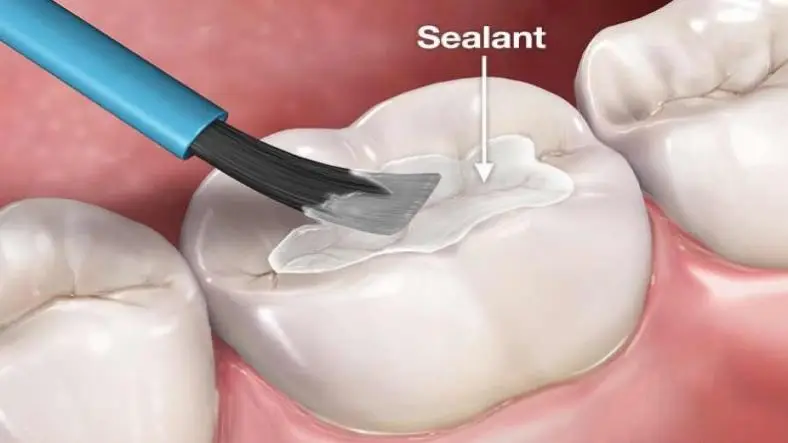Dental sealants are a preventive measure designed to protect teeth from decay, particularly in children and adolescents. These thin, protective coatings are applied to the chewing surfaces of back teeth, where cavities are most likely to develop. By filling in the grooves and pits of the teeth, sealants create a smooth surface that is easier to clean and less susceptible to decay.
- One of the primary benefits of dental sealants is their ability to shield vulnerable areas of the teeth from harmful bacteria and food particles.
- The back teeth, or molars, have deep grooves that can trap food and plaque, making them difficult to clean effectively with a toothbrush alone.
- Sealants act as a barrier, reducing the risk of cavities in these hard-to-reach areas.
Applying sealants is a quick and painless procedure. The process involves cleaning the teeth, applying an acidic solution to help the sealant bond and then painting the sealant onto the tooth’s surface.
- A special light is used to harden the sealant, which typically takes just a few minutes.
- This preventive measure is especially beneficial for children who may not have fully mastered brushing and flossing techniques.
Sealants are highly effective in preventing decay and can last several years with proper care.
- Regular dental check-ups are essential to monitor the condition of the sealants and ensure they remain intact.
- If necessary, the dentist can reapply or repair them to maintain optimal protection.
Overall, dental sealants are a valuable preventive tool in maintaining oral health. They are particularly useful for protecting children’s teeth from decay and reducing the need for more extensive dental treatments later on. By incorporating sealants into your child’s dental care routine, you can help safeguard their teeth against cavities and support long-term oral health.
Thanks for reading the dentofacts article, for more such articles visit PeoplesBLOG.















